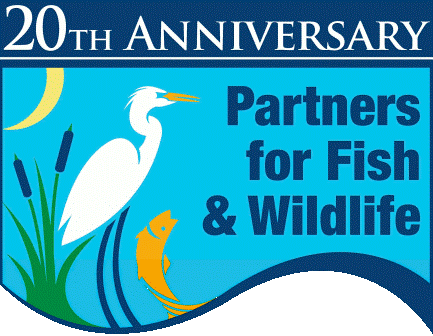Resource Benefits
OUR #1 GOAL
To restore and protect priority habitats to increase and maintain federal trust species populations.
Over the past two centuries, many of the natural communities upon which our Trust Species depend have been lost or degraded. Because these lands were degraded incrementally over many years, we need to restore them in the same manner—one acre at a time. In addition, we need to protect key remaining natural habitats and the areas we restore. Protection can be achieved through tools such as landowner agreements, conservation easements, and acquisition. These on-going conservation measures require strategic planning and investment of labor and funding. Whether implementing on-the-ground projects ourselves, or providing assistance to others, we deliver the Program to protect and restore priority habitats. Cumulatively, these acres contribute significantly to the sustainability of Federal Trust Species.

Regional habitat priorities are developed by the Program in coordination with our partners and stakeholders through a region-by-region assessment of needs and opportunities and will determine what we deem most critical to benefit the fish and wildlife species we are entrusted to conserve. We are stepping down these priorities to on-the-ground project planning and implementation, and use a series of national, regional and local filters to help focus our efforts to ensure that Program funds are spent wisely.
To achieve results at the local level, we conduct community education and outreach, establish habitat-based partnerships, and provide technical and financial assistance to implement projects. Our technical assistance to individual landowners includes habitat assessment, project design, consultation and coordination throughout project implementation, identification of additional potential project partners, grant writing and assistance with permits, as necessary. Our technical assistance to agencies and organizations often results in policy and decision-making that have positive ecological and economic effects on tens of thousands of acres.

